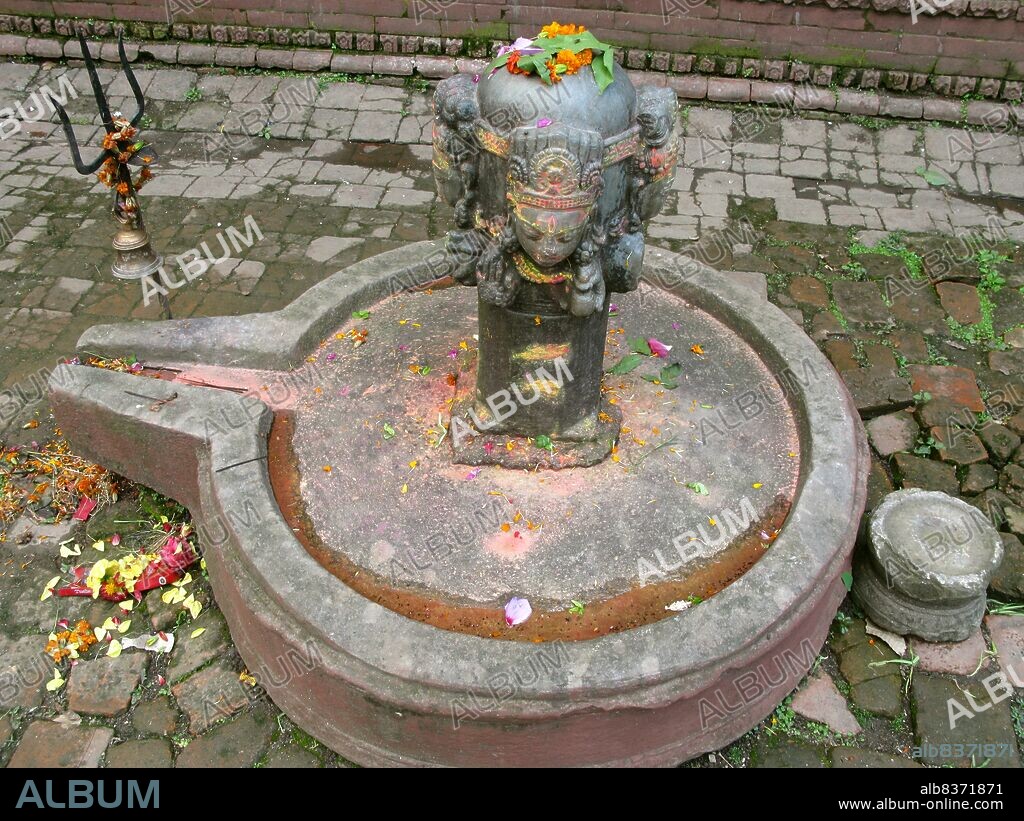alb8371871
Nepal: A four-faced Shivalingam sits atop a yoni< / i> (symbol of the Hindu Goddess Shakti or Devi), Kathmandu (2008)

|
Añadir a otro lightbox |
|
Añadir a otro lightbox |



¿Ya tienes cuenta? Iniciar sesión
¿No tienes cuenta? Regístrate
Compra esta imagen.
Selecciona el uso:

Título:
Nepal: A four-faced Shivalingam sits atop a yoni< / i> (symbol of the Hindu Goddess Shakti or Devi), Kathmandu (2008)
Descripción:
Ver traducción automática
The lingam, or linga, meaning 'mark' or 'sign', represents the penis and is an aniconic representation of the Hindu deity Shiva used for worship in temples. Although most Hindu sculpted images (murtis) are anthropomorphic, the aniconic Shiva linga is an important exception. The lingam is often represented with the Yoni, the aniconic symbol of the goddess.
. Yoni (literally 'vagina' or 'womb') is the symbol of the goddess Shakti or Devi in Hinduism. Within Shaivism, the sect dedicated to the god Shiva, the yoni symbolizes his consort.
. Yoni (literally 'vagina' or 'womb') is the symbol of the goddess Shakti or Devi in Hinduism. Within Shaivism, the sect dedicated to the god Shiva, the yoni symbolizes his consort.
Crédito:
Album / Universal Images Group / Rainer Krack / Pictures From History
Autorizaciones:
Tamaño imagen:
5066 x 3800 px | 55.1 MB
Tamaño impresión:
42.9 x 32.2 cm | 16.9 x 12.7 in (300 dpi)


 Pinterest
Pinterest Twitter
Twitter Facebook
Facebook Copiar enlace
Copiar enlace Email
Email
